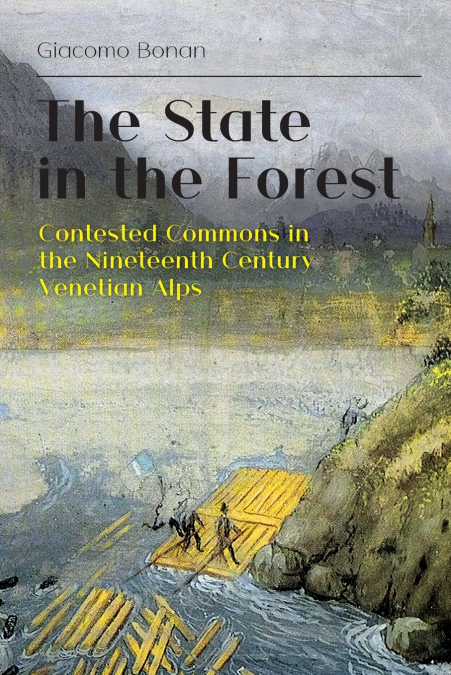
 Librería Perelló (Valencia)
Librería Perelló (Valencia)
 Librería Aciertas (Toledo)
Librería Aciertas (Toledo)
 El AlmaZen del Alquimista (Sevilla)
El AlmaZen del Alquimista (Sevilla)
 Librería Elías (Asturias)
Librería Elías (Asturias)
 Librería Kolima (Madrid)
Librería Kolima (Madrid)
 Donde los libros
Donde los libros
 Librería Proteo (Málaga)
Librería Proteo (Málaga)
The State in the Forest uses a case study of conflict over use of wood - the principal source of energy and the primary raw materialat the time - to offer an environmental history of the nineteenth century ’great transformation’. The focus is on Cadore, a supposedly peripheral area that was, in fact, at the core of the wood economy. The region comprises several valleys of the Eastern Italian Alps that constituted the main timber supply basin of Venice and other cities of the Veneto plain. With vivid and in-depth description of the role of forest resources for both local communities and state apparatus, the book sheds new light on key aspects of the nineteenth century agrarian world: the debate on wood shortage and the rise of scientific forestry; the social and environmental consequences of Napoleonic administrative reforms; the ambivalent relationship between privatisation of common lands and the restrictions imposed by state authorities on common and customary activities; the reorganisation of timber trade networks during the first steps of the industrial transition in continental Europe. Local socio-economic dynamics illuminate the interrelations between the macro and micro scales, showing how general transformations were perceived and experienced on the ground and how local actors were both subjects and agents of these events.